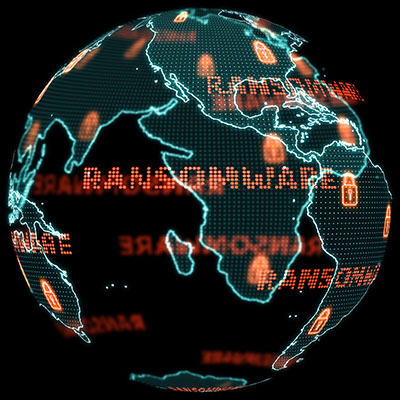One of the worst things that can happen to any organization is to be infiltrated with ransomware. Ransomware is a strain of malware that allows hackers to lock down files or computing systems and then ransom access back to the organization. It can really be a problem.
We’ve spent the last few weeks discussing ransomware’s impacts on different subsets. First, we discussed how a ransomware attack impacts the customers of the infected business, and then we touched on the infected business itself. To end, we want to touch on ransomware’s impacts on society, specifically regarding economic health and geopolitical security, known as third-order harms.
Last week, we discussed the many impacts your business suffering from ransomware has on “second-order harm,” downstream businesses, and average, ordinary people. This time, we wanted to return to “first-order harms”… those the impacted business has to deal with itself.
It can be too easy to look at ransomware as a business problem. After all, it attacks businesses, locking down their data for ransom, often selling it or spreading it, and sometimes altering it for the business if returning it at all. It can be too easy to overlook another impacted target in all the mess. What happens to the people whose data a business has collected and uses?
When considering your company’s cybersecurity, it is important not to lose sight of the forest for the trees… or, in other words, not to forget the basics around which the rest of your protections are built.







